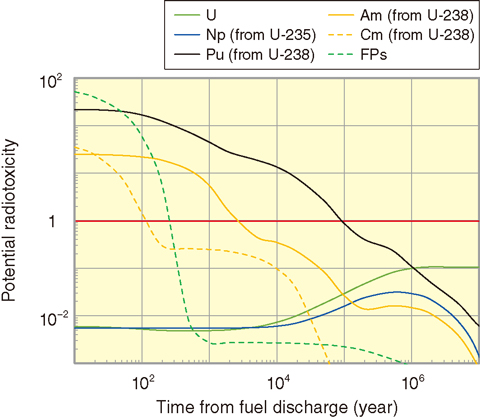
Fig.6-4 Potential radiotoxicity in spent fuels of light water reactors

Fig.6-5 Potential radiotoxicity in spent fuels of a reference HTGR core and the proposed core (all nuclides)
The spent fuels (SFs) discharged from nuclear reactors are reprocessed, and high-level radioactive wastes (HLWs) are disposed of in a deep geological repository. The public exposure must be limited to below that of the natural environment. However, the Science Council of Japan has showed a new criterion whereby the total amount of radioactivity in HLWs should be controlled, and has recommended research into nuclear transmutation.
We have performed research on reducing radiotoxicity-generation using the high temperature gas-cooled reactor (HTGR) (which has outstanding inherent safety features and can supply both electricity and high temperatures) without nuclear transmutation.
In general, the toxicity hazard from radioactive nuclides is expressed in the potential radiotoxicity. Thus, it is supposed that a hazard must be controlled by managing the total amount of radiotoxicity. HLWs should be managed until the potential radiotoxicity decays below that of natural uranium (U).
Fig.6-4 shows the potential radiotoxicities of the SFs of light water reactors (LWRs). In particular, the radiotoxicity of plutonium (Pu) and americium (Am) is significant. These radionuclides are generated from U-238. The toxicity generation can be inhibited if the fuel contains only the fissile nuclide U-235. We propose the use of highly enriched U (HEU) with 93% enrichment, which is producible by practical means. To enhance proliferation resistance, the fuel is solidified by yttria-stabilized zirconia (YSZ), which is chemically inert, and fabricated as a coated particle fuel (CPF).
Fig.6-5 shows the potential radiotoxicities of the SFs of the reference HTGR core and the proposed U-YSZ-solidified CPF core. The cooling time necessary for the toxicity to decay below that of natural U is drastically reduced to about 800 years, over which time humanity could realistically manage the SFs.
The resistance of CPF against ground water is one million years, and the erosion rate of YSZ is 1/100 of that of vitrified wastes. The HTGR CPF with a YSZ kernel is suitable for direct disposal. The proposed core does not need any innovative technology to be developed. Cost-evaluation shows that the increase in the electricity-generation cost is within 5%.
Next, the sustainability of this system has been investigated. U exists inexhaustibly in the seawater, with an amount corresponding to the 70-million-year demand of electricity-generation. As the recovery cost has been evaluated to be about twice the present market price, the increase rate of electricity-generation cost using seawater U is only 6%. HTGR can achieve high economic efficiency with the simplicity of a direct gas turbine system. Even with the cost increase due to the proposed core and utilization of seawater U, the electricity-generation cost of HTGR will be cheaper than that of the LWR.